from 0 review
14 days 13 nights
Daily Tour
8 people
___
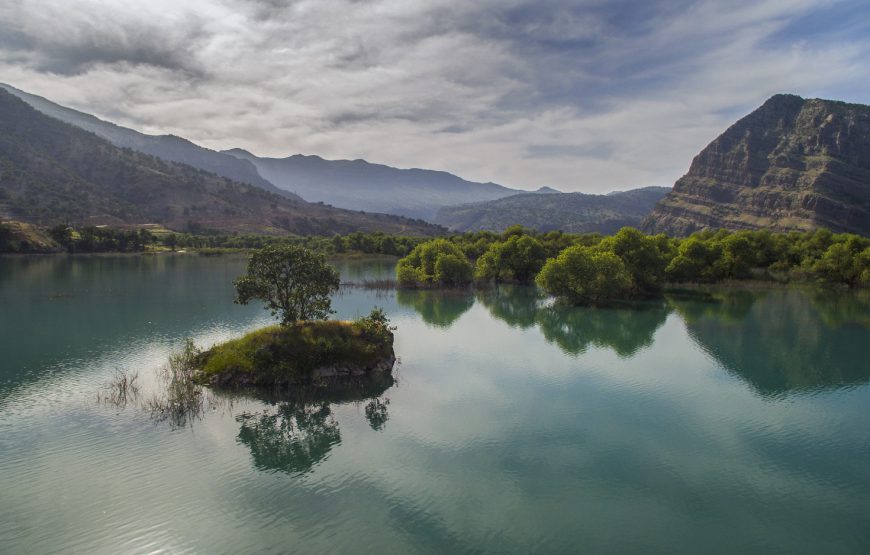
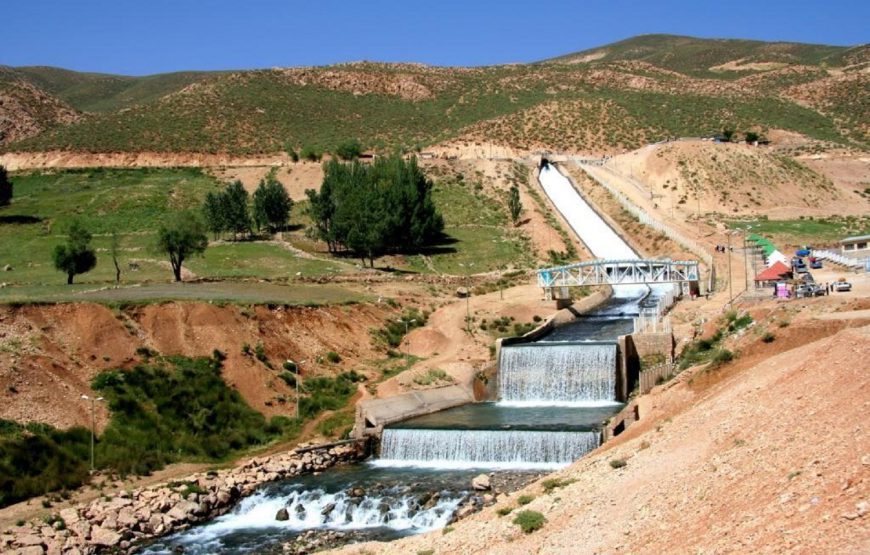

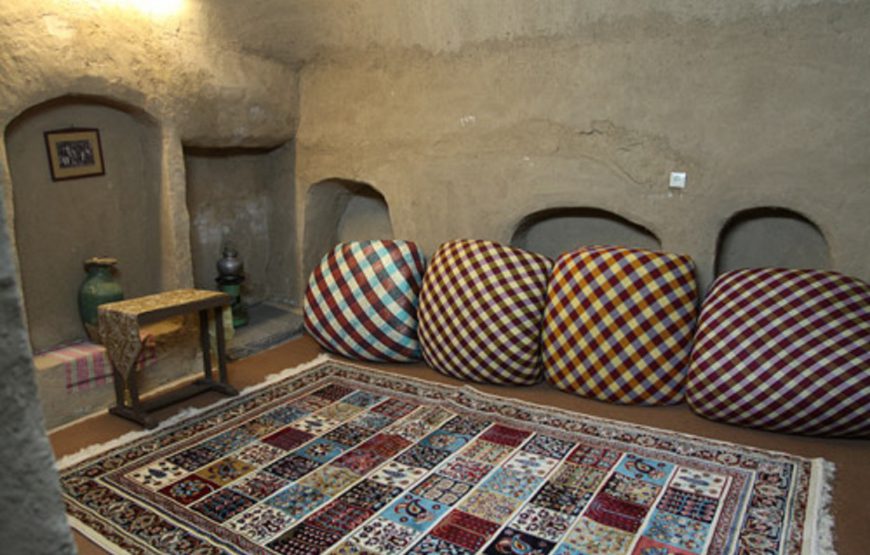
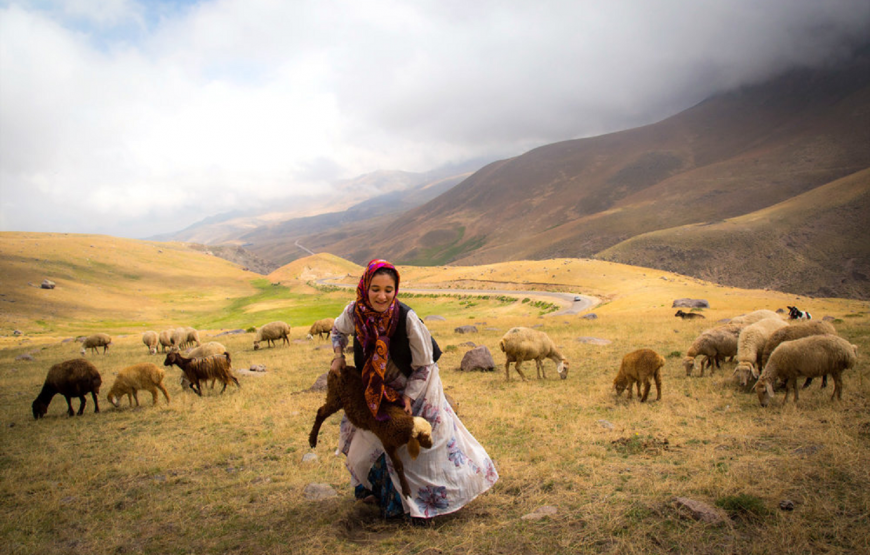
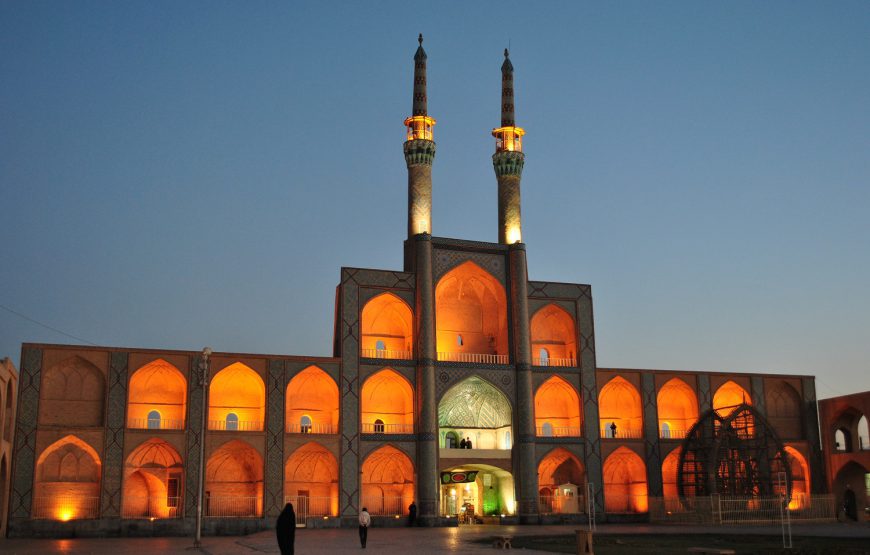
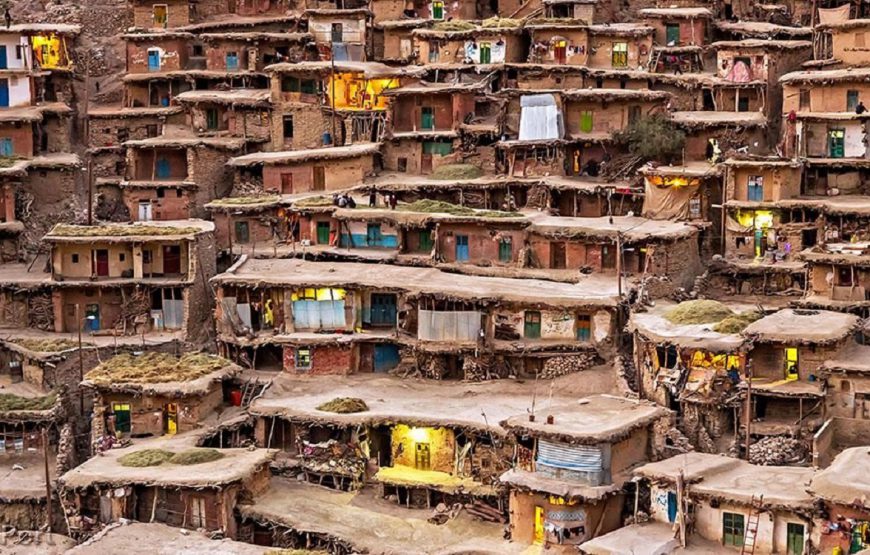
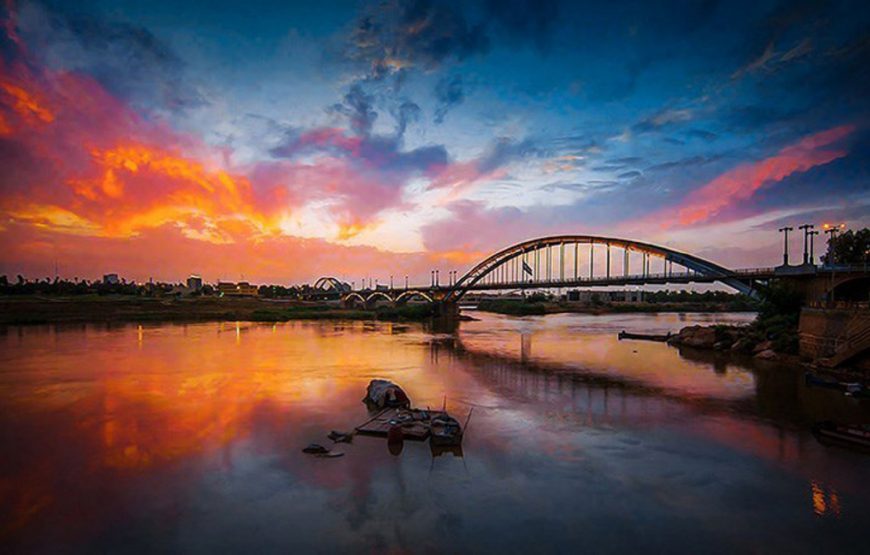
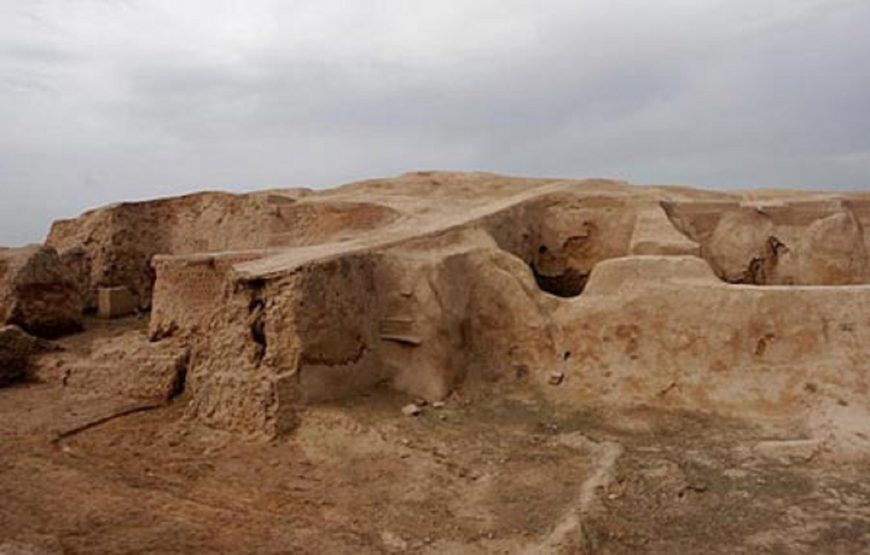
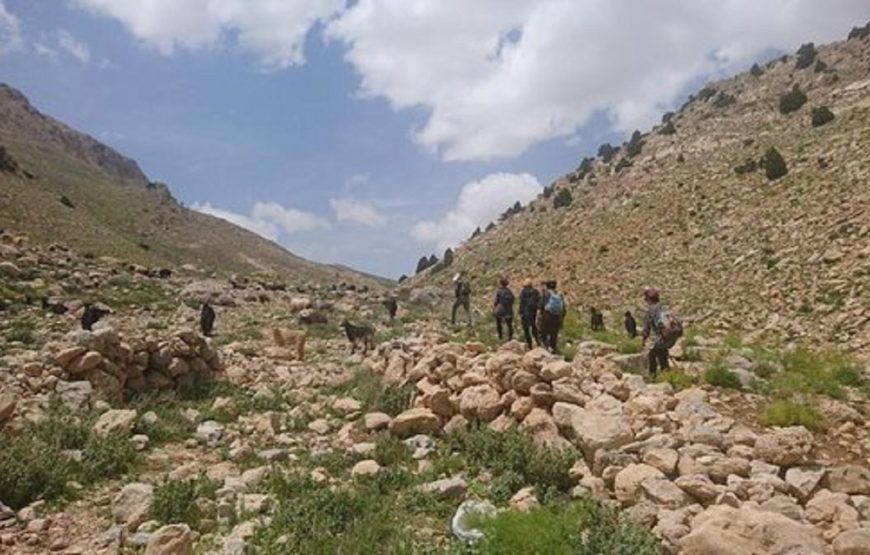
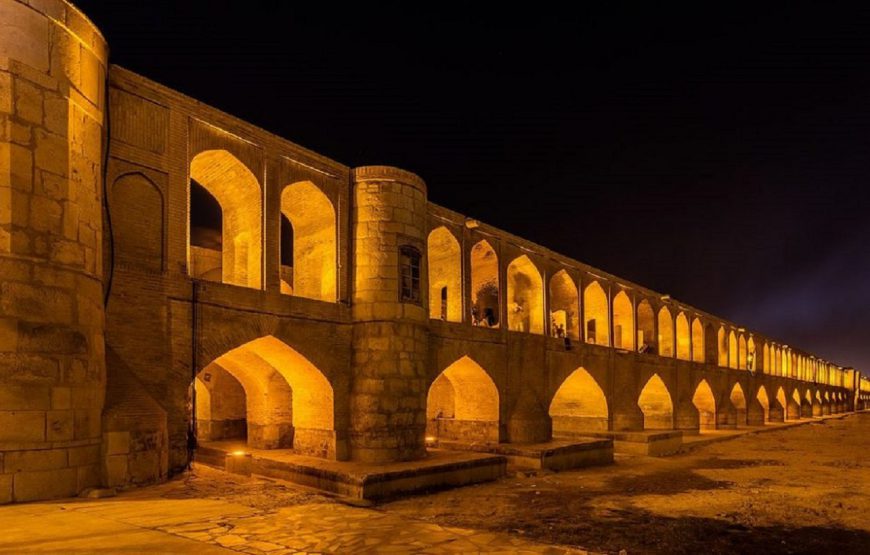
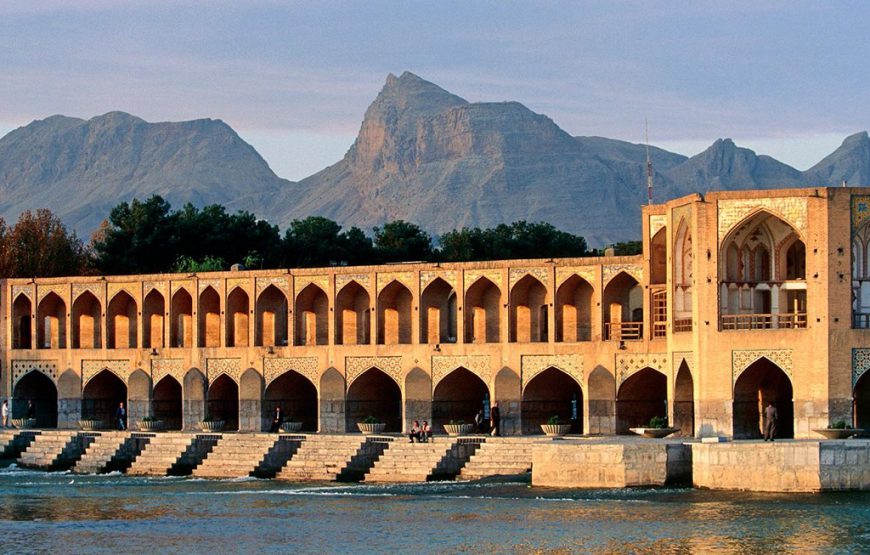
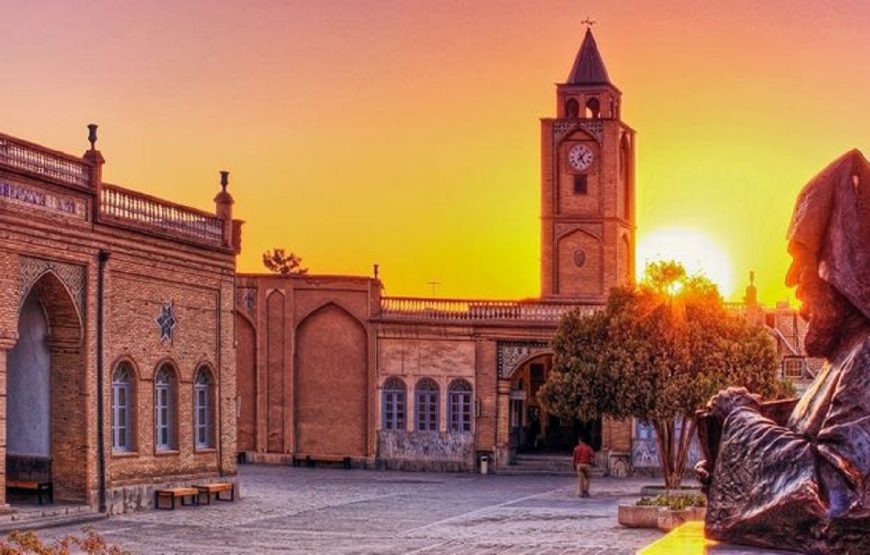
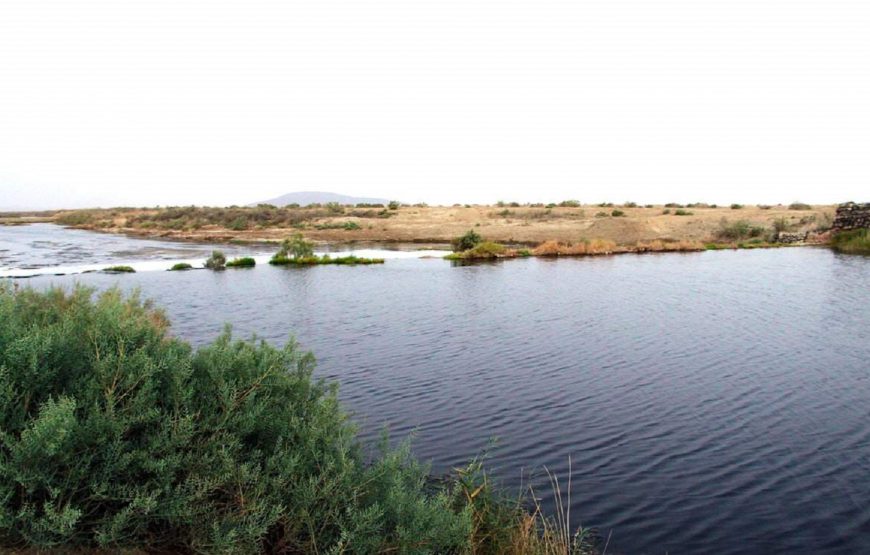
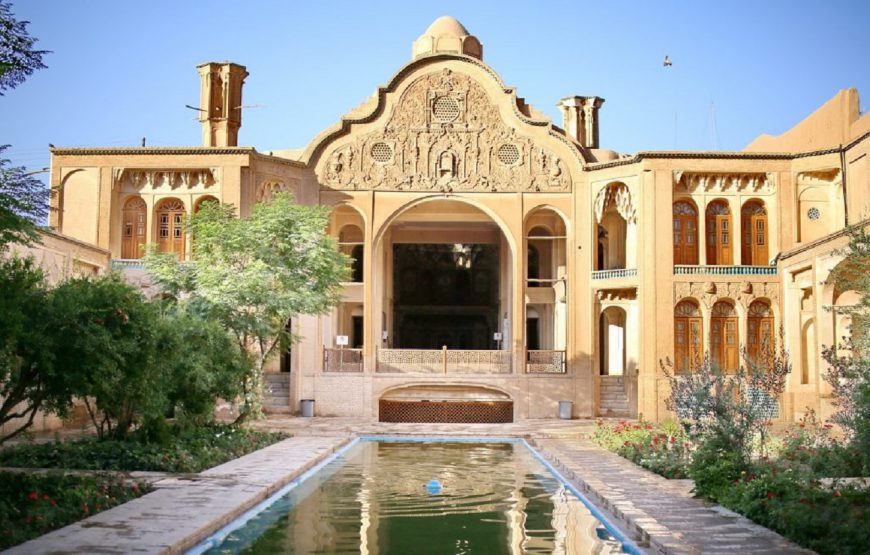
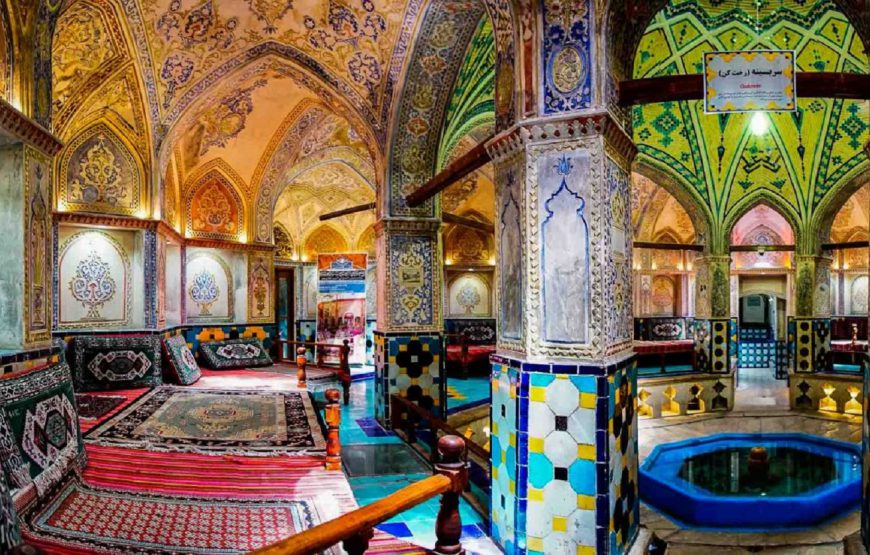
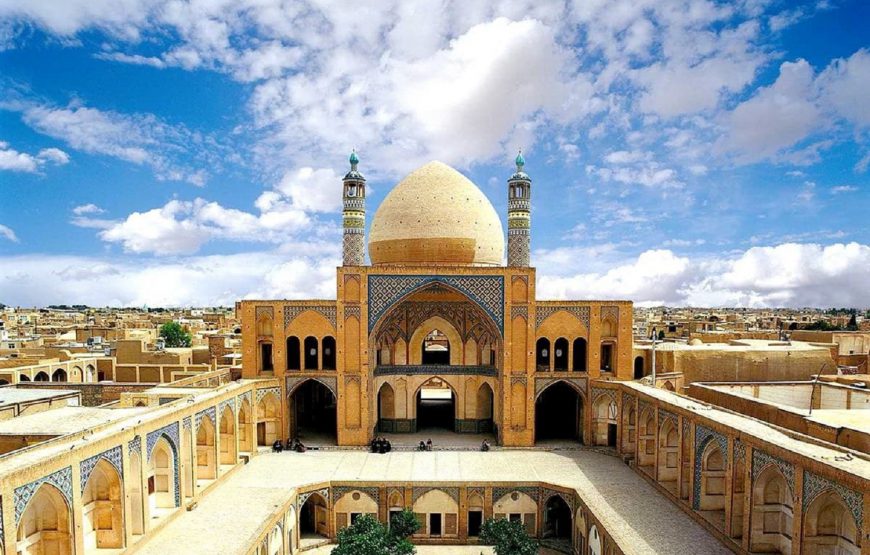
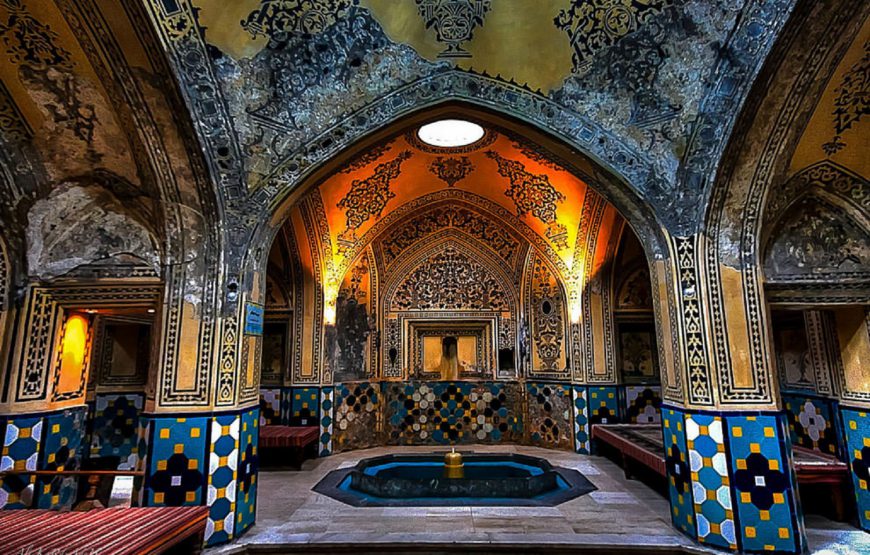
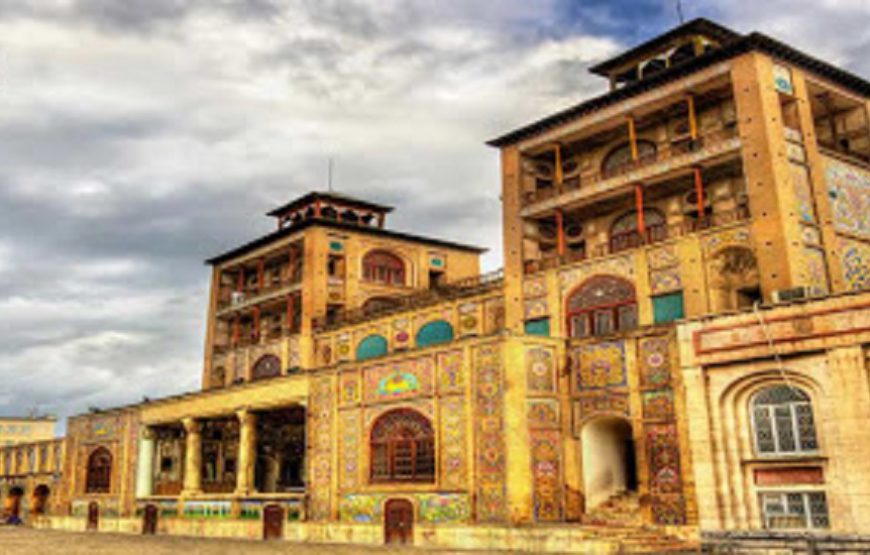
Zagros Mountain Ranges of the Iranian Plateau is home to the indigenous nomadic tribes of Iran. Generations after generations of nomads have looked to the mountains and their surrounding fields as their sacred haven.
On this two-week adventure, you will not only see what there is to see of Iran, but also you will be travel through the off-the-beaten tracks. The first week of our trip will take us to the nomadic families en route to their seasonal migration. Then, we will take the classic traveling routes across Iran and visit the important historical and cultural landmarks of Iran.
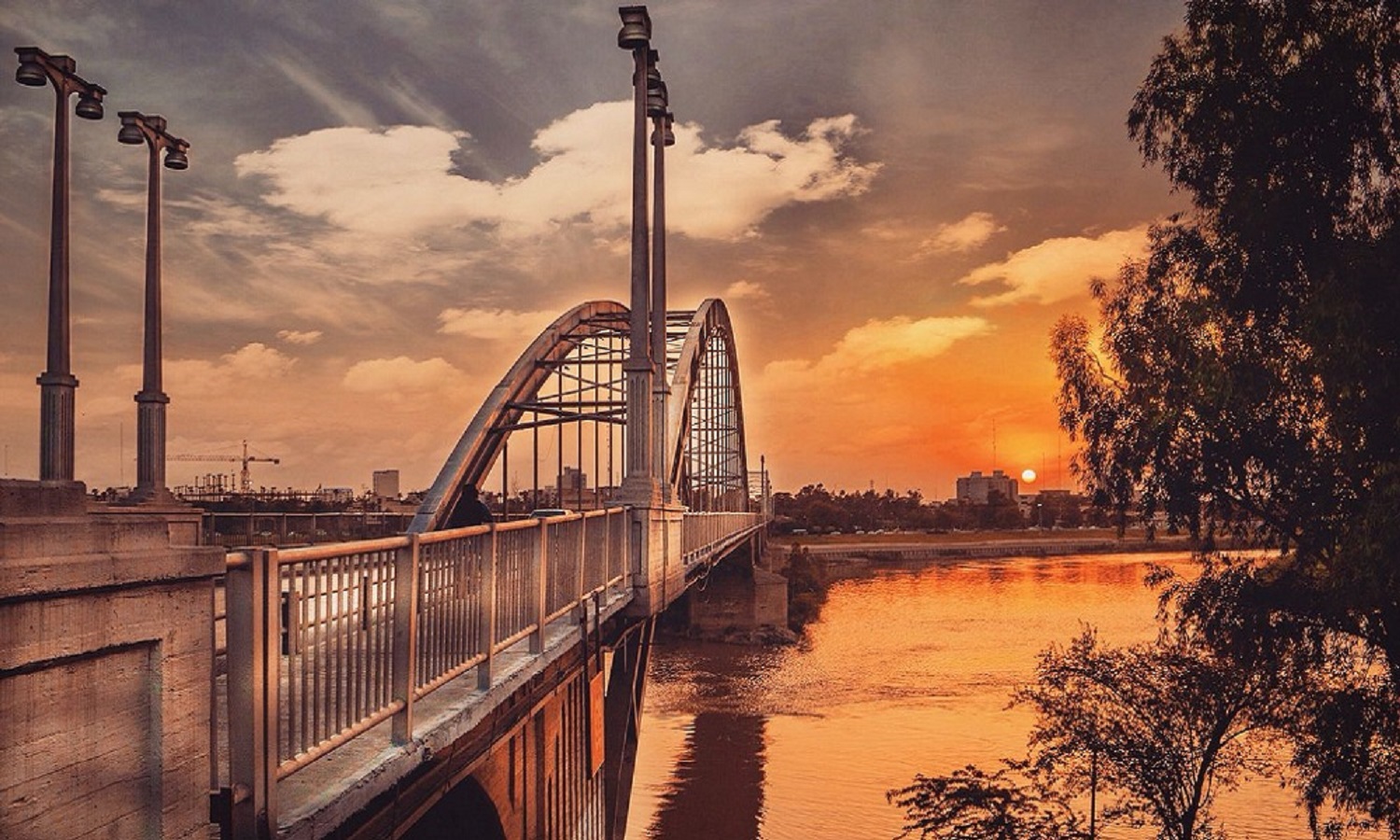
Our tour will begin right after arriving in Ahvaz Airport. We will head to Shushtar and on the way, we will visit Karoon River. Karoon is known as the longest river in Iran which originating from Zagros Mountains, pours into international waters. Afterwards, we will go to Haft-Tappeh and Tchogha-Zanbil historical landmarks. Tchogha-Zanbil ziggurat is a remnant from the Elamite period, and is one of the first landmarks inscribed as a UNESCO World Heritage Site. The sites are also filled with century-old mysteries worth the visit. Then we will take a short break for lunch and drive to Shushtar. Here we will visit the ancient hydraulic systems of Shushtar. They were built in the ancient times to manage the flow of water in the city.
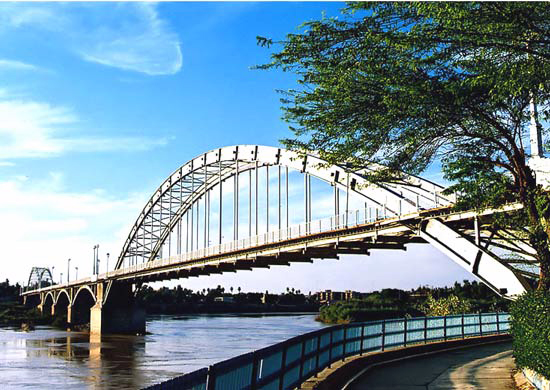
We will continue our tour on the second day by visiting Negin Bridge and Shimbar Waterfall. The beautiful nature of the area has something to flaunt in every season. The plains of the area are covered with strokes of green foliage in the spring. The same repeats in autumn only the area gets soaked in orange and golden colors with the addition of morning mists. For lunch, we will be hosted at a local’s house. Then we will continue our 3-4-hour long hiking to the Zagros Mountains, where nomad groups have put up a camp. We will stay here for the night, in our tents set up near nomads’ tents. We will sit by the fire at night, drink tea, listen to stories and watch the nomads following their routines. On the next day, the kuch (migration) begins. We shall accompany them on their seasonal migration.
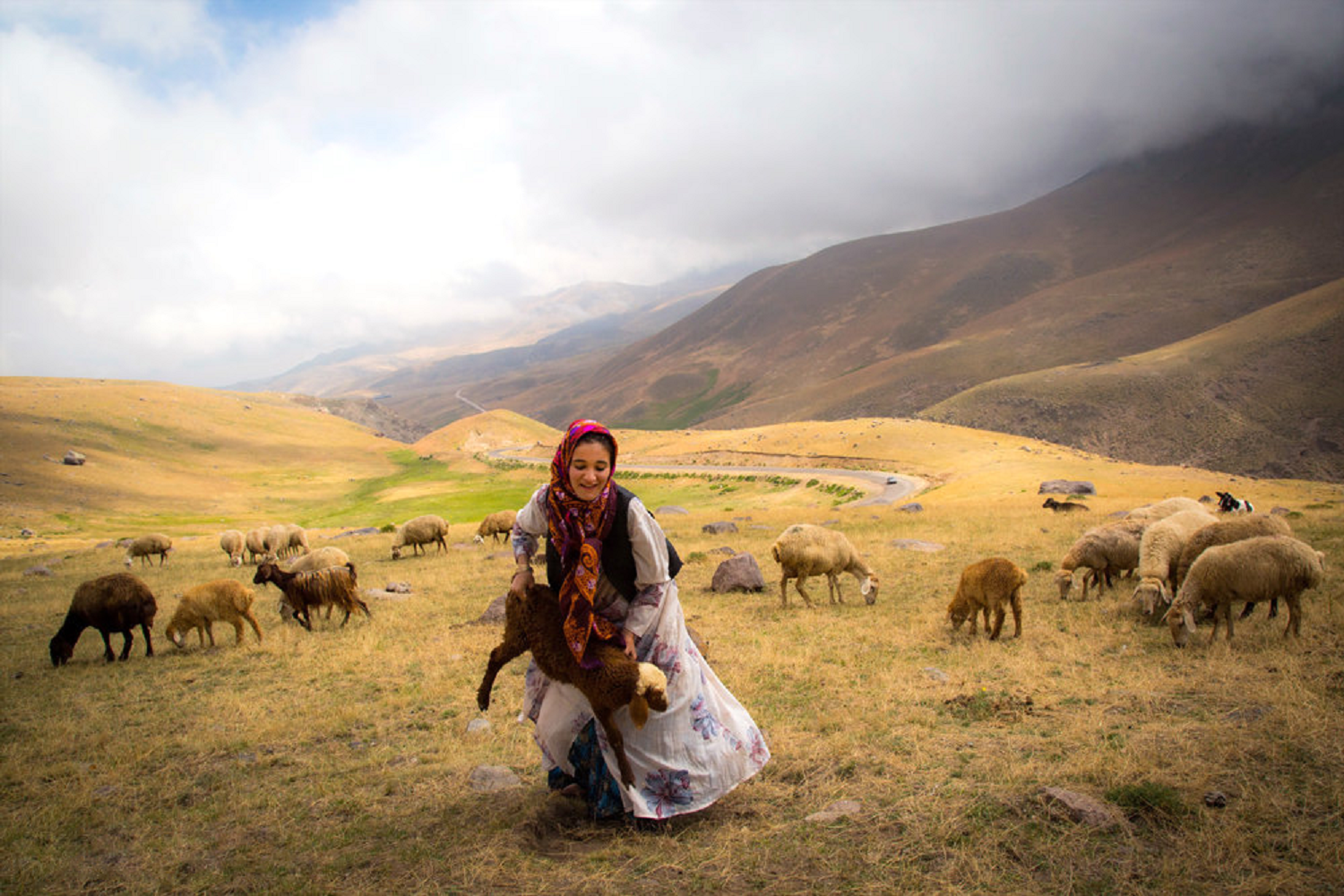
The next 3 days promise unforgettable adventures. Traversing the Zagros Mountains with the nomad families and their livestock, will take us to amazing sceneries of valleys, hills and mountain tops. This group of nomadic families are known as the Bakhtiari nomads. Having kept their lifestyle of thousands of years, they are considered as the most authentic and original indigenous tribe living in Iran. They still live a pastoralist’s life, migrating from region to region to find pastures for their herds during different seasons.
We will be able to experience the life on the move of migration, or as they call it kuch, in the Zagros Mountains. This will be an experience immersed in nomads’ customs and daily routines, as lived during the past millennia. Since this experience will feel like walking in “a living museum” and a traveling in time, we’ve called it an odyssey.
We will hike for an overall distance of 43 kilometers for three days. The nomads live by the rules of the nature and determine their daily routines accordingly. This means a lot of unexpected changes, quick adaptation, and high flexibility as a result. The tour will let us have an experience in the heart of the nature, surrounded by impressive mountains, breathtaking landscapes, and clear weather. We will switch our daily habits and routines to different ones. Meanwhile, the sound of bells hanging on the livestock will be playing in the background.
In addition to observing, we can make our experience come alive by joining the nomads’ daily activities. We can help them herd their livestock, collect wood, and bring drinking water. Have you ever seen nomad women baking bread and milking goats? Well, here is your chance! During the afternoon, the daily hustle will come to a rest as nomads start setting up their black tents. At the same time, we’ll be able to sit down to enjoy the spectacular nature. At night, we’ll sleep under a starlit sky and in a crispy weather.
On day 5 we will begin the day with a hearty breakfast prepared by our host family. Then we will say goodbye and head for the Khouye Village, in a mountainous area. Here we will be lodged in a village house and stay there for the night. Going around the village, we will see fruit gardens and people living their daily lives. We’ll be able to see women who weave black tents, and make Persian carpets and handicrafts.
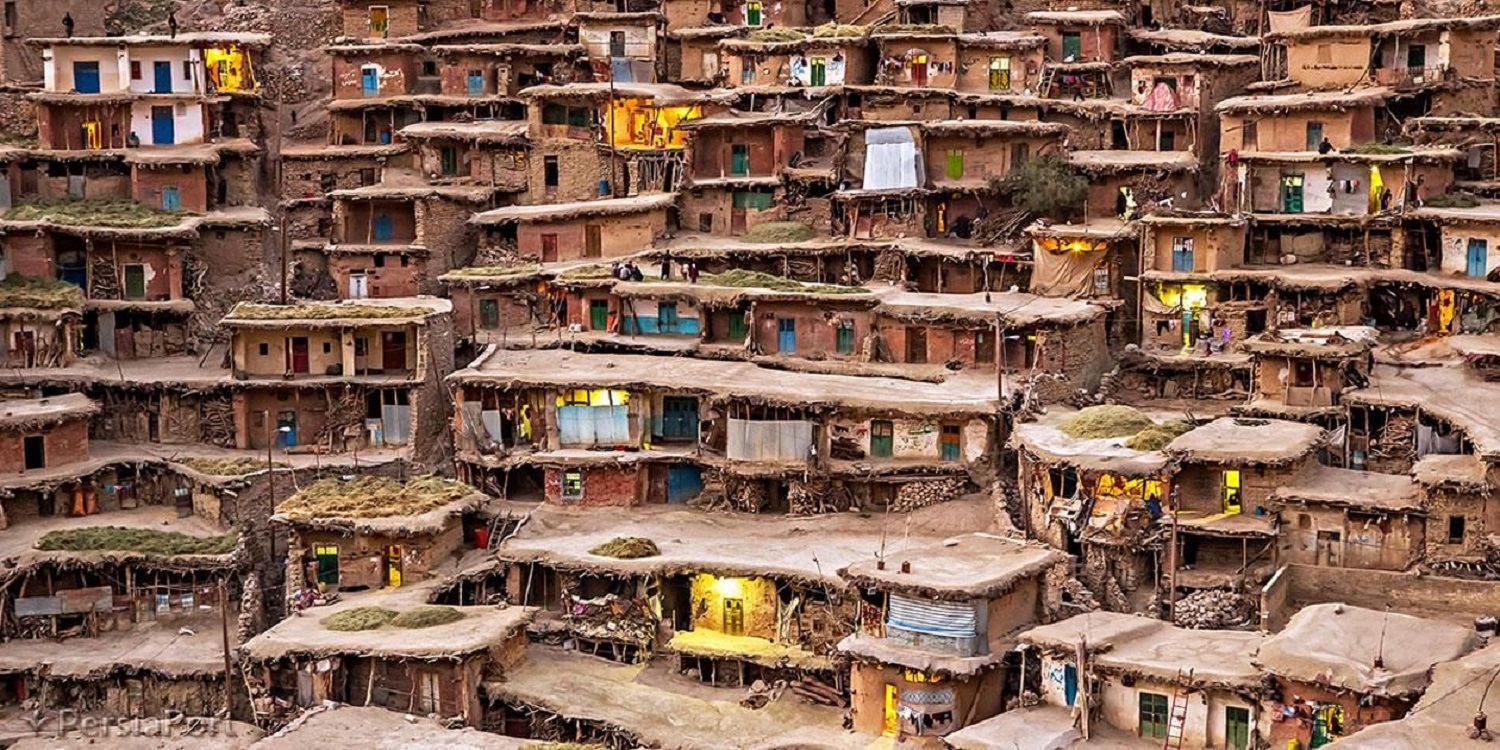
The last day with the nomads and rural life will begin with breakfast in our local host’s house, with an amazing view of the mountains. Afterwards, we will explore the village and go to another spectacular village, called Sar Agha Seyyed. This is a historical stepped village, where the roof of one house functions as the yard for the house above. Here we will see villagers on their daily errands. An example is the women on their way back to the village, with baskets of oak fruits. Besides enjoying the village, we will also visit the salt mines and waterfall located nearby.
The village has been a major stop for nomads for thousands of years, during their migration to the Zagros Mountains. Heading for the summer or winter pastures, they always stop here to buy what they need. When we finish our visit to the village, we will go to the Koohrang spring. Although this is the biggest natural water spring in Iran, tourists rarely visit the site mainly because of the rough road leading to the area. We will stay in Koohrang hotel for the night.
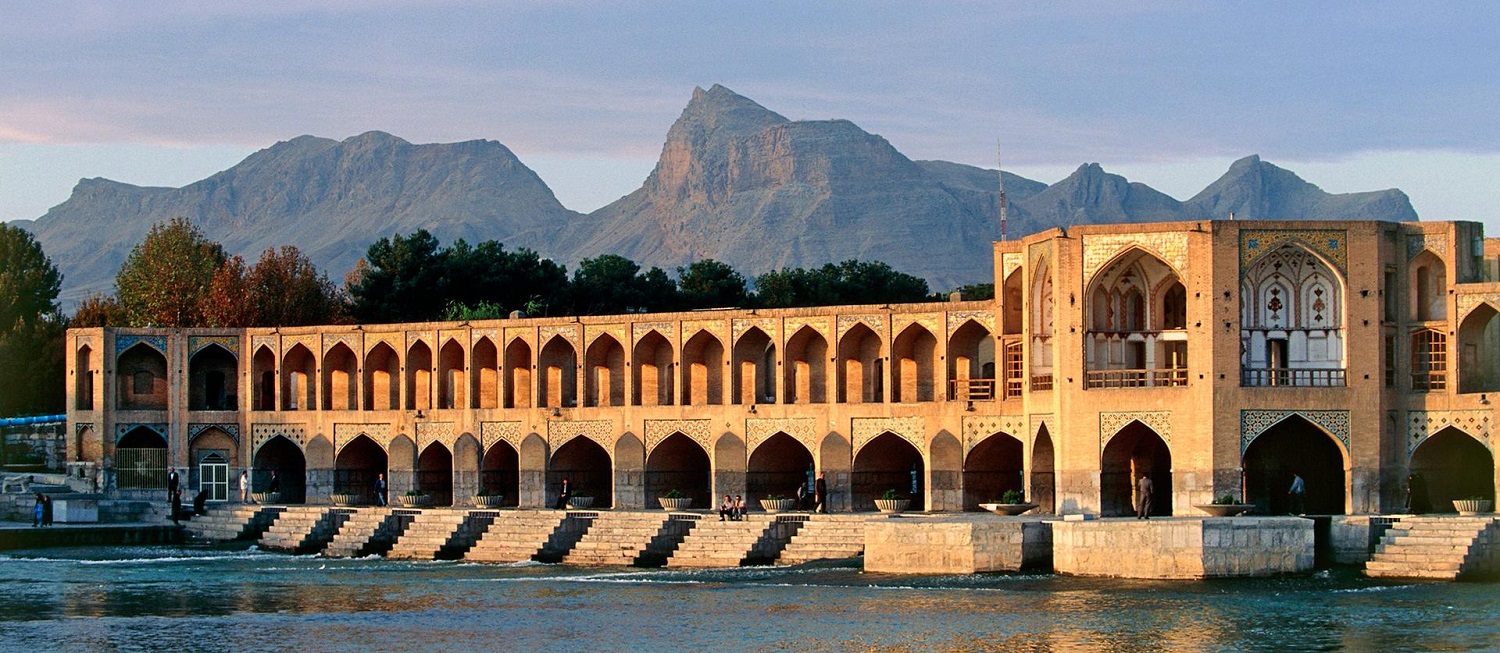
We will leave Koohrang and arrive in Isfahan at noon. We will explore the city and visit its historical attractions for two days. Isfahan is nicknamed as half of the world. This is because of the variety of arts and crafts produced in the city, and the magnificent historical landmarks built here. On the same day, we will see the historical heart of Isfahan, including: Naqsh-e Jahan Square, Ali Qapu Palace, Imam Mosque, Sheikh Lotfollah Mosque, and the Bazaar. After taking a break, we will visit Si-o-Se Pol and Khaju Bridges during the sunset. We will have the famous local dishes Beryan Kabab and Khoresht Mast for the dinner.

On the second day in Isfahan, we’ll see three other amazing historical attractions: Atiq Mosque, All Savior’s Cathedral, and Jolfa Neighborhood. Then we will have lunch at a traditional restaurant and drive for 2 hours to the city of Varzaneh. The city is located in the desert near Isfahan. We will watch the sunset over the sand dunes of the desert. Then for the night, we have two options. We can either camp under the starlit clear sky of the desert, or stay in a guesthouse. The next day in the morning, you can learn to make Persian dishes in a local house.
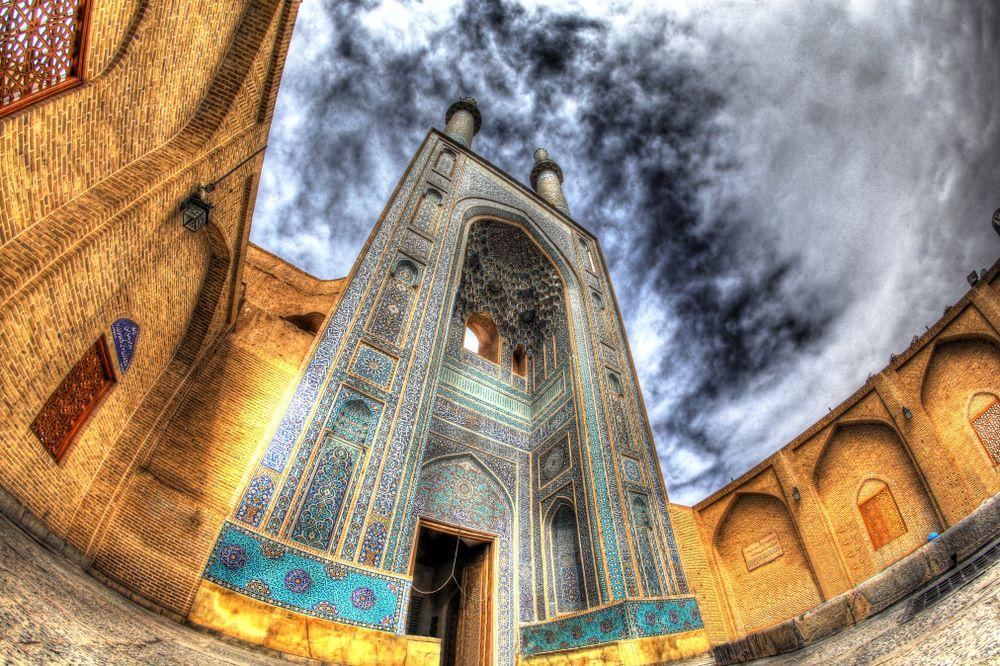
After having lunch in Varzaneh, we will leave the city for Yazd. We’ll see the Gav-Khuni Pond on our way. This is where Zayandeh Rud River pours into. Here you can see reeds grown near the river, and in some seasons, drakes and flamingos swimming or flying around. We will reach Yazd, the mudbrick city of Iran, by evening. After checking in the Nartitiee Ecolodge in Taft district, we will be able to explore Taft village. We can also ride bikes here. You can find fruit gardens, especially pomegranates, in this village too.
On our first morning in Yazd, we will visit the Jameh Mosque. The mosque contains some spectacular pieces of calligraphy art, and delicate mosaics decorating the dome as well as the mihrab. Here you can also see an exquisite tiled entrance, known as one of the tallest of its kind. Then we will go to the Lariha House. The 150-year-old house is the best example of the architecture in the traditional houses of Yazd. We will take a break at a rooftop café to watch the amazing sunset of Yazd. Then we will go to a Zoorkhaneh, a traditional Iranian gym, where we can watch an ancient Iranian sport being practiced. Warriors and heroes used this sport as a training exercise. We will sleep on the roof of the ecolodge at night.
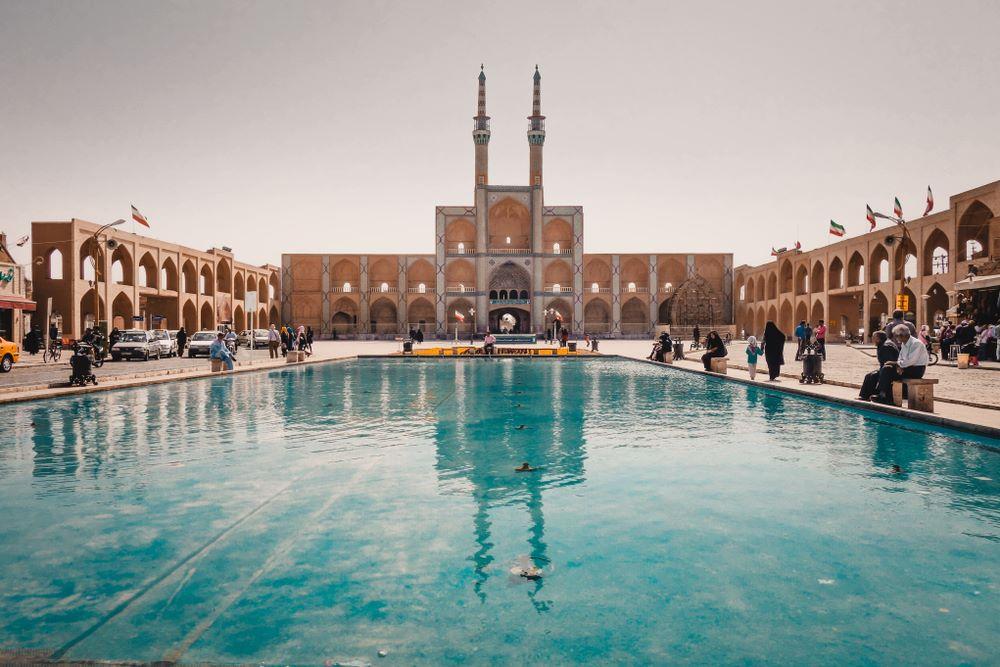
More exploration in Yazd awaits us for the 11th day of our tour. We will see Amir Chakhmaq Complex in Yazd’s center. Afterwards, we’ll go to the Dowlat Abad Garen which has the tallest traditional wind tower and is inscribed as a UNESCO World Heritage Site. After a lunch break, the next destination on the day’s itinerary is the Zoroastrian Towers of Silence (also known as dakhme). Zoroastrians used to leave the body of the deceased here so as not to spoil the soil, which they held sacred. The silence keeps us company after leaving the area and reaching the Zein-o-Din Caravanserai. Its location on the ancient Silk Road contributed to the caravanserai’s popularity. Our day will be immersed in serenity and the night will reward us with a starry sky.
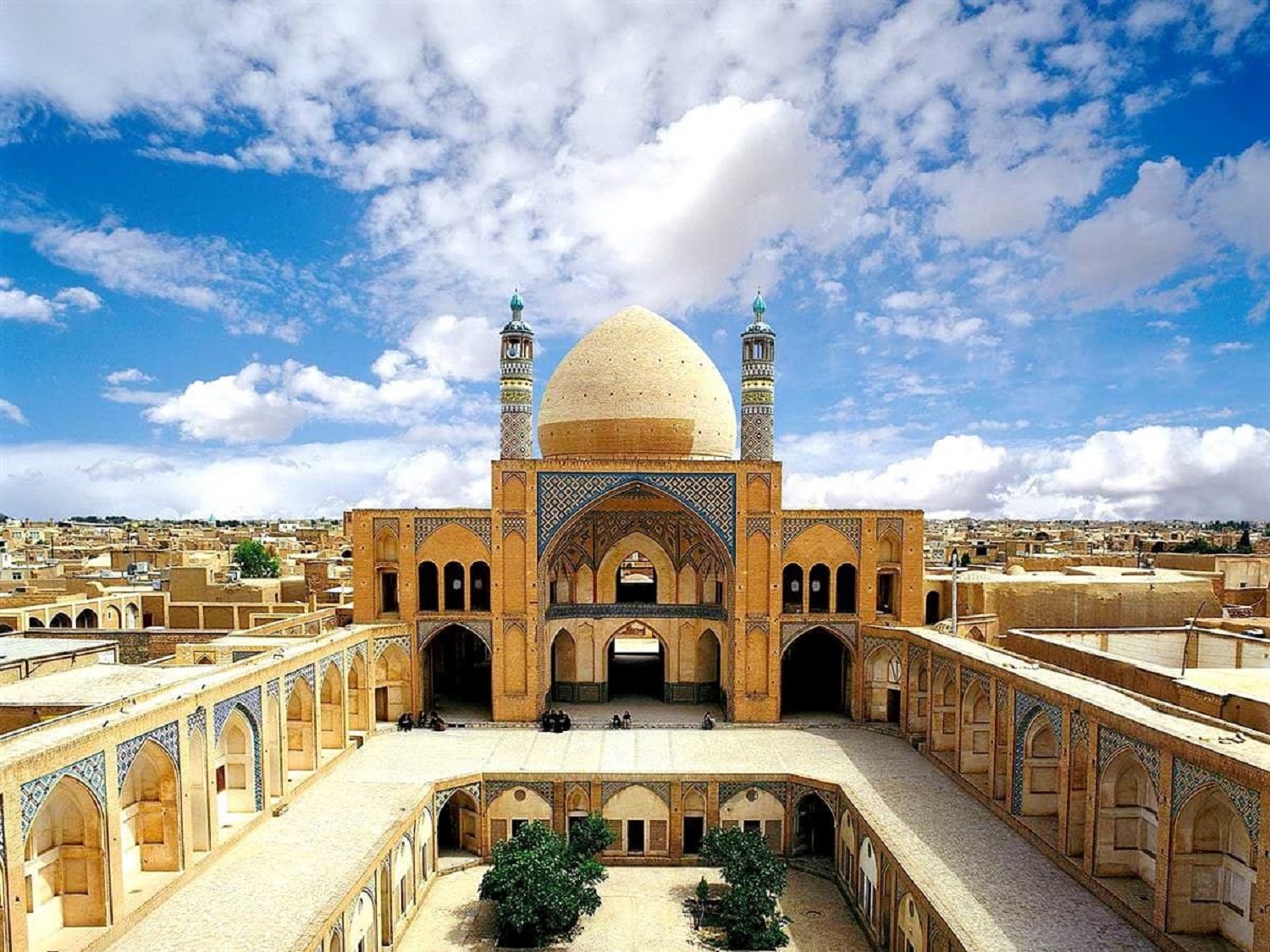
There are 3 things to enjoy in Kashan on our tour: the historical houses, the mosques, and the nature. Our accommodation, the Puppet Museum House, is located in the center of Kashan. As such, famous historical houses such as the Tabatabaei House and Borujerdi House are only nearby. We will explore the neighborhood and visit the houses, attend their stories and experience the city. As for the evening, we will visit an architectural masterpiece of the 18th century where symmetry has come alive. It is called Agha Bozorq Mosque. We’ll also see the Bazaar and explore its timches to learn more about the Persian carpet.
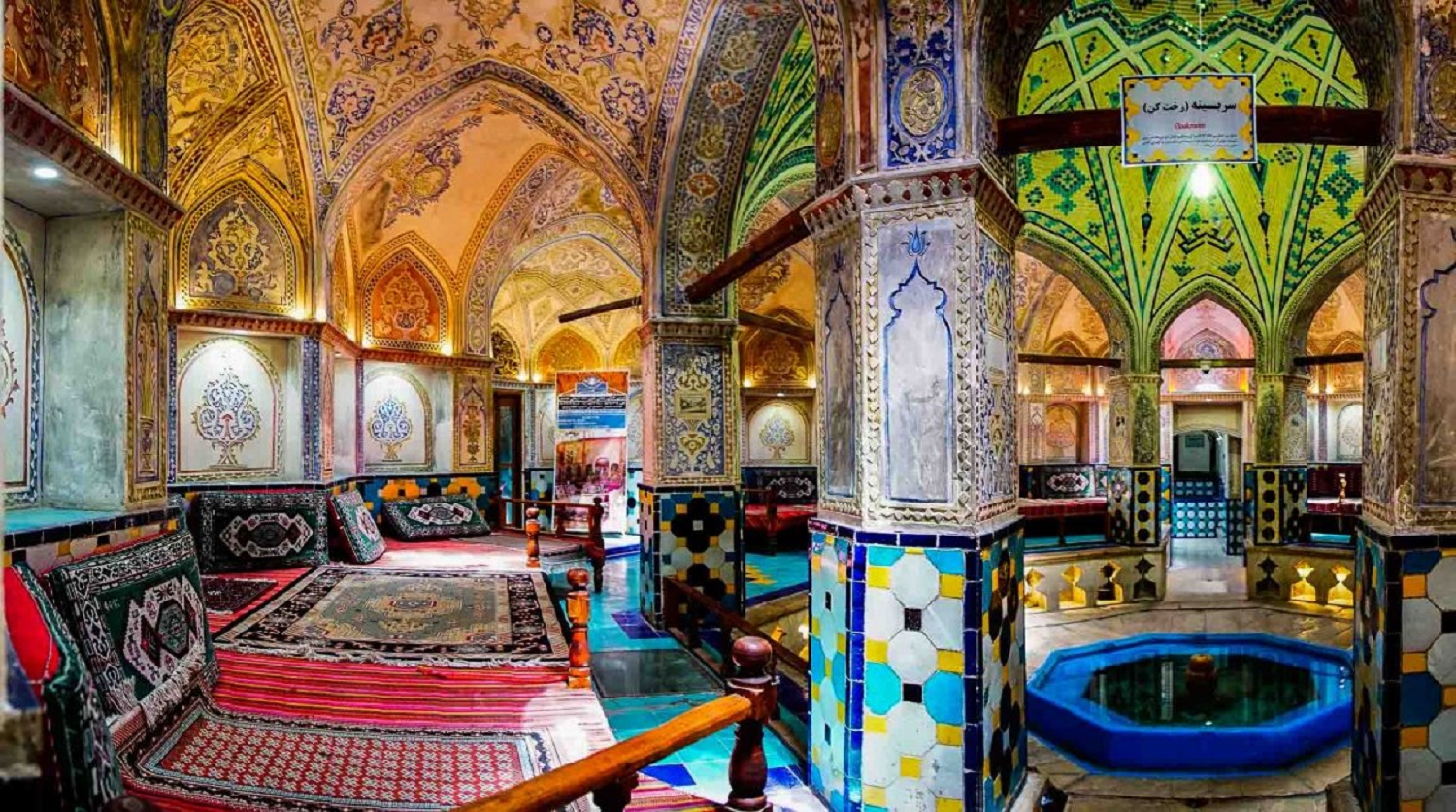
Our second day in Kashan will start by a visit to a traditional Iranian bathhouse (locally known as hamam), called Sultan Amir Ahmad Bathhoude. Then we will drive to the villages outside Kashan to enjoy the nature.
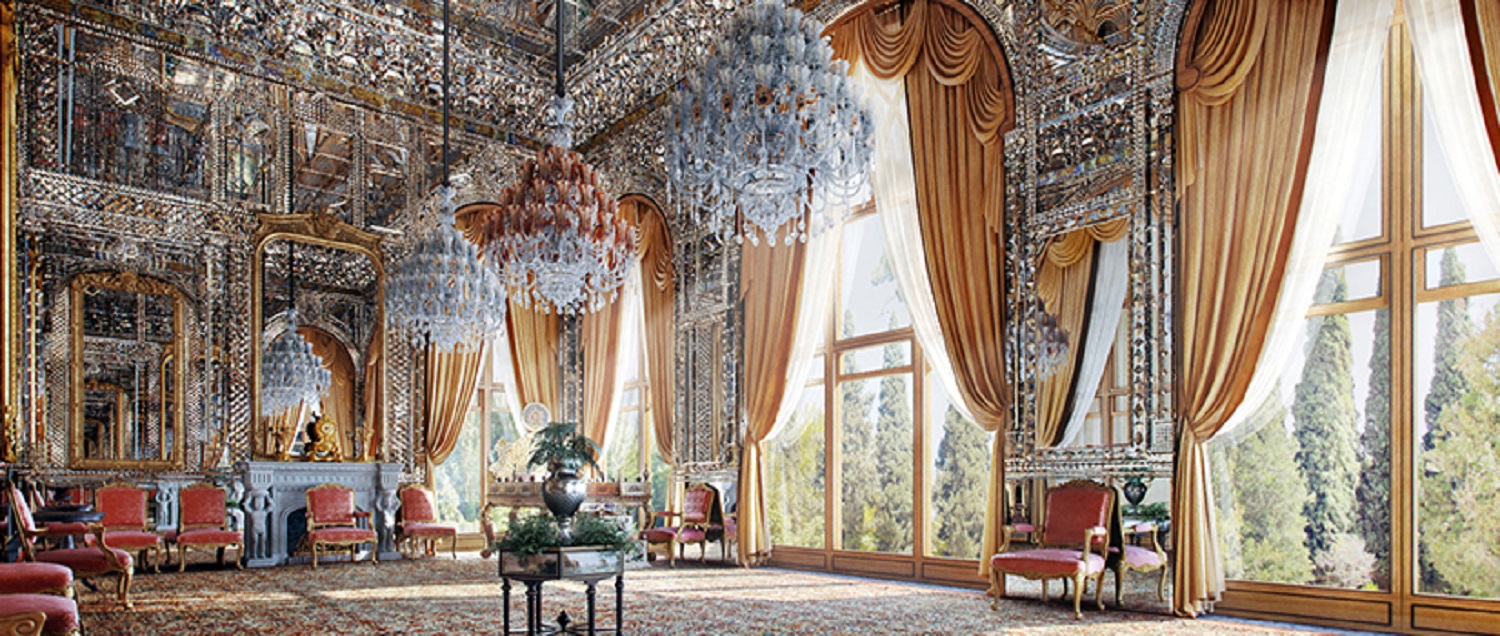
When we arrive in Tehran, we will go to the heart of the city. We’ll see Golestan Palace, which housed the Qajar kings. Its architecture, museums, and elaborately designed rooms have won the palace recognition as a UNESCO World Heritage Site. Then we will visit the Grand Bazaar of Tehran, a labyrinth of shops and stalls. Also, we are going to explore the Melli Garden and Treasury of National Jewels, and walk across the Tabi’at Bridge.

Leave a Reply